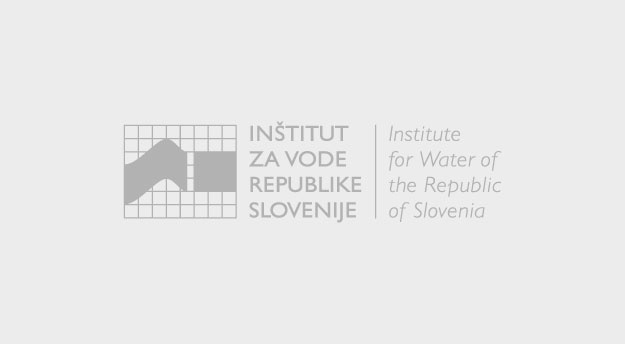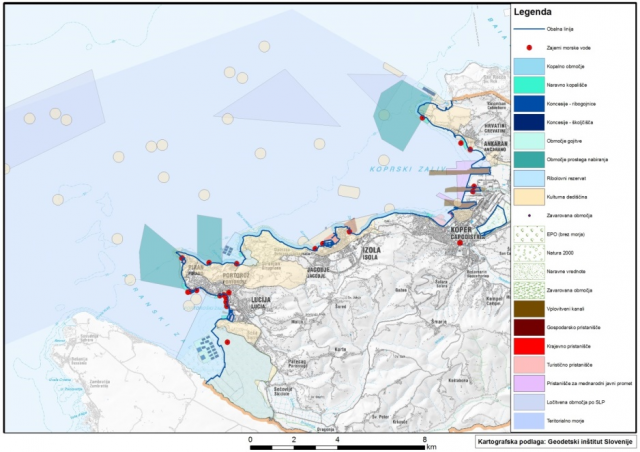EXPERT BASIS FOR DETERMINING THE IMPACTS TO THE ECOLOGICAL STATUS OF THE MURA RIVER AND THE IMPACTS TO THE CHANGES OF THE HYDRO-MORPHOLOGICAL PARAMETERS OF THE WATER BODY FOR THE ENVIRONMENTAL REPORT OF THE HRASTJE MOTA HPP
The created expert groundwork identifies all elements that are required in the making of the Environmental Report, which is needed for the Environmental Protection Approval within the National Spatial Plan for the Hrastje Mota HPP.




